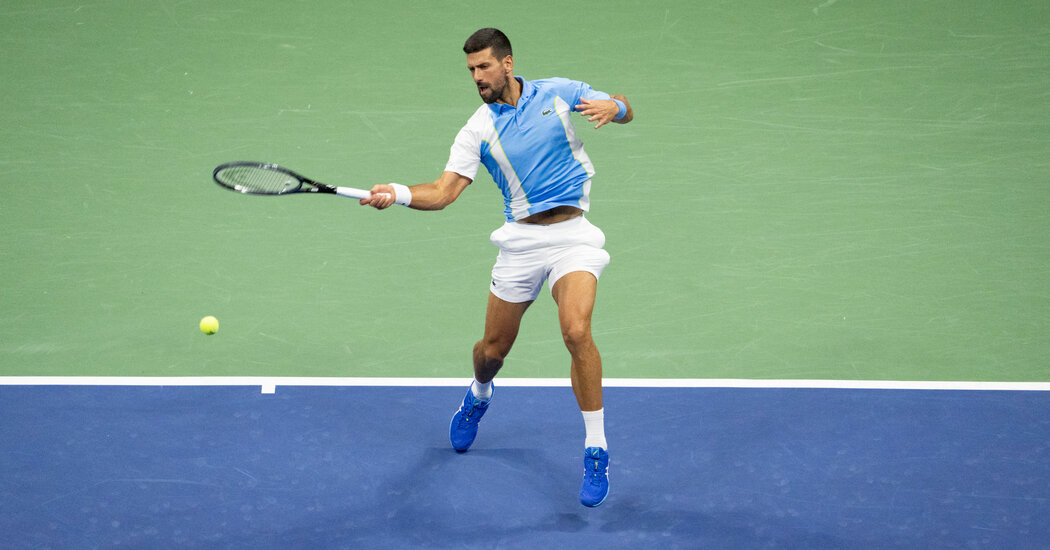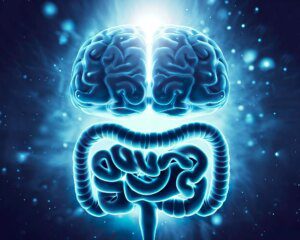
Every time Ben Shelton, the 20-year-old Floridian thunderbolt, took the court at the U.S. Open this year he put on one of the greatest shows of the tournament.
He was a racket-waving highlight reel once more on Friday afternoon in the semifinals, playing the kind of tennis that could make every American fan pay homage to the spirit of “Big” Bill Tilden or whatever magical force led Shelton to pursue tennis instead of football as he became a teenager.
That second serve of 143 miles per hour, and the frightening forehand the kid ripped across the court. The athleticism he showed floating back to turn solid lobs into fearless, rocking overhands. Those arms rippling out of his sleeveless shirt, and the spirit, too, the way he yelled out an exuberant “yeah!” like a kid on the playground every time he snatched a big point. And that touch on the drop volleys, that land and spin back toward the net.
Unfortunately for Shelton, the scoring system in tennis offers no style points, and in Novak Djokovic he faced not only a 23-time Grand Slam winner and the greatest player of the modern era but the ultimate practitioner of tennis tai chi. For years, and never more than in his latest stretch of dominance, the 36-year-old Djokovic has made turning the power and style of the flashiest and most powerful challengers against them.
And that is exactly what Djokovic did Friday. Playing in a record 47th Grand Slam semifinal, Djokovic executed the sort of tactical deconstruction of Shelton that has crushed the dreams and good vibes and flash that so many younger players have come at him with before. Without using an ounce more energy than he had to, Djokovic took apart the young man with the sculpted arms, 6-3, 6-2, 7-6 (7-4), in just over two and a half hours.
For most of the afternoon, he caught up with Shelton’s drop shots from the back of the court like a cheetah chasing his lunch, and picked off the missiles on Shelton’s serve like he was catching butterflies in a field on a late summer afternoon.
Understand now, Djokovic appreciates a flashy tennis highlights as much as anyone. Taking the court for the third set holding a nearly insurmountable — against him — two-set lead, he swung just about as hard as he could and watched Shelton feather a drop volley. Djokovic gave the moment the racket clap it deserved. Lovely play, young man. Minutes later he cruised into the court and rolled a passing shot to break Shelton’s serve and spirit once more.
Djokovic did all this in front of a crowd of nearly 24,000 fans at Arthur Ashe Stadium revved up for a high-octane brawl. With thunderstorms in the area, the roof was closed, and every time Shelton put together one of those displays of power and touch and speed and athleticism and came away with the point, the blast of the roars was something that felt like you could reach out and touch.
That was never more true than when Shelton trailed 2-4 in the third set, desperately trying to extend the match. He found himself with a point to break Djokovic’s serve and did not disappoint, drawing Djokovic into a wide forehand that generated a brain-rattling sound. Two games later, amid Djokovic’s only error-strewn and poor-serving lull of the day (it happens), he held a break point and all the good vibes.
And then once more, Djokovic stifled the moment with his trademark efficiency — a 124 mp.h. serve out wide that Shelton could not handle. Order had been restored.
There was still a little more Shelton and Djokovic for the packed stadium to enjoy. Shelton saved match point and sent the third set to a tiebreaker, then stuck around a bit when he went down, 5-1. But Djokovic had things to do and a rightful place in his 36th Grand Slam final. Shelton whipped one more forehand into the net and it was Djokovic’s turn to bask in the noise.

